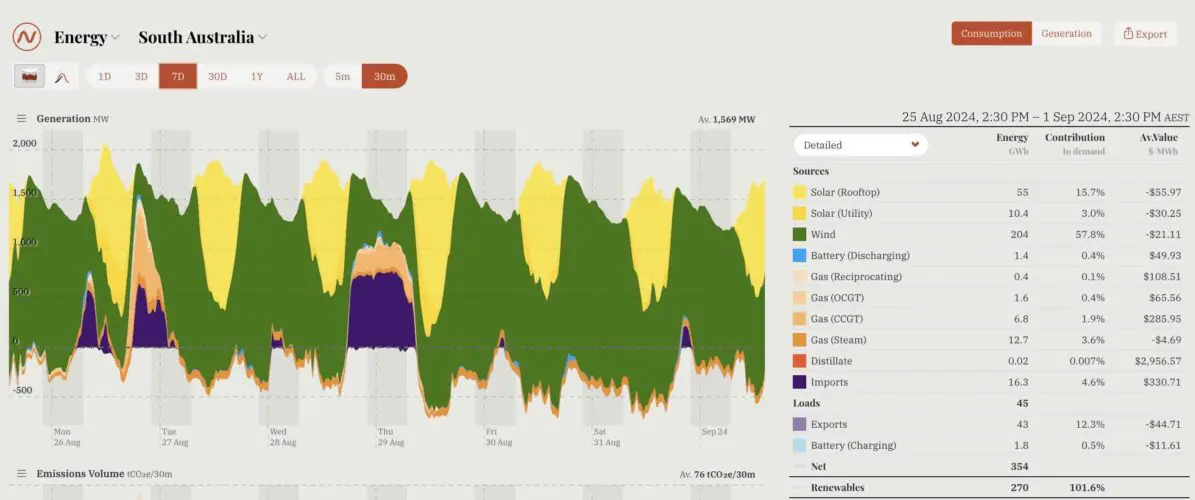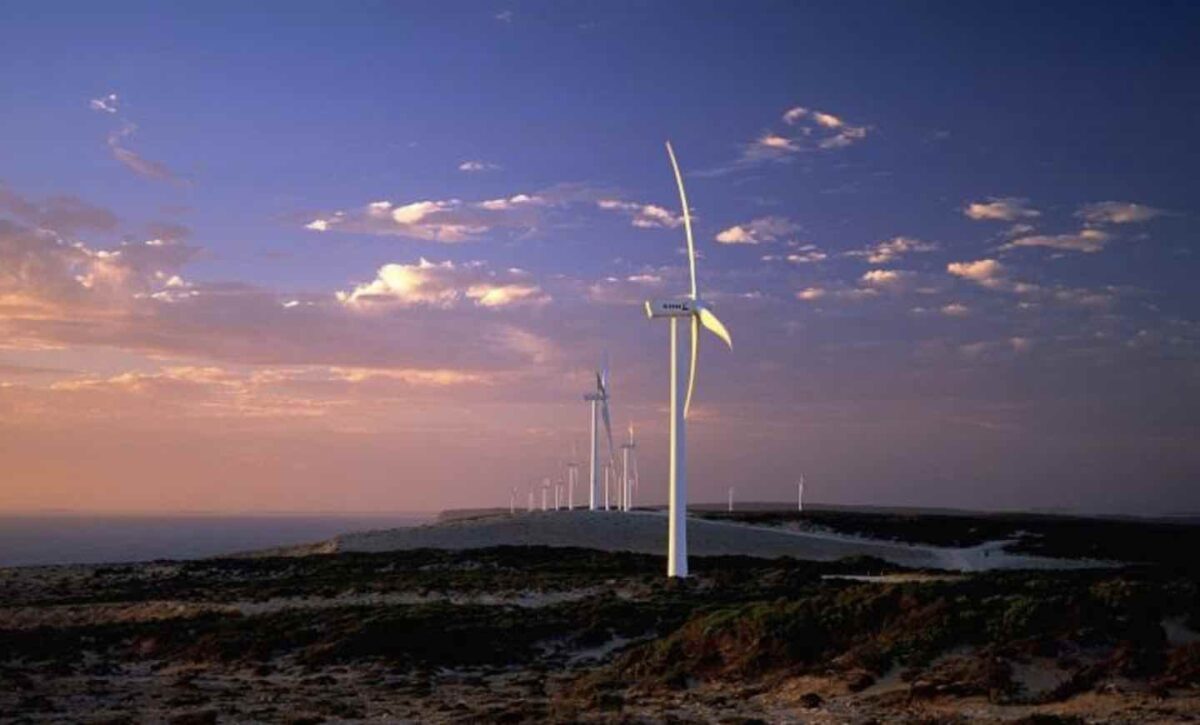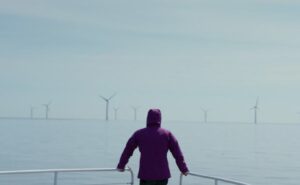South Australia this week announced it will seek to legislate its new accelerated target of reaching 100 per cent net renewables – annualised – in 2027, and this week illustrated how that might be done by doing the same over a whole week.
This is not the first time such a weekly share of renewables has been met, but we think it might be the first time in winter – helped by strong winds across the southern part of the country, part of an extraordinary weather system that established new winter heat records in many states, including South Australia.
South Australia’s target of 100 per cent net renewables is world leading because it will be delivered by wind and solar, both variable renewable energy sources, and not hydro or geothermal.
Wind normally accounts for just over 40 per cent of South Australia’s annual electricity demand, but that has been boosted by the weather system sweeping across the country.
Over the past week, 57.8 per cent of the state’s demand was met by wind, 15.7 per cent by rooftop solar and just 3.8 per cent from utility scale solar, much of which was curtailed in the middle of the day, mostly for economic reasons as wholesale prices fell below zero for long periods.

The chart above shows imports from Victoria were needed for most of the evening on Thursday night, and some gas, but it should be noted that over the week the amount of exports were nearly three times more than imports (despite the heavy curtailment of solar), and gas accounted for just six per cent of production.
The only reason that much was required was for the provision of system services such as inertia and system strength from their spinning machines, but this may not be for long once the new transmission link to NSW is connected and battery storage start to deliver more of those services.
What’s also interesting about the past week is that, according to the Australian Energy Market Operator, the cumulative wholesale price was minus $23,668. Some energy analysts cannot remember that happening before.
When gas generators were needed, the price commanded by the combined cycle gas generators favoured by the federal Coalition and the nuclear lobby averaged more than $285 a megawatt hour. There is nothing low cost about either gas or nuclear.








